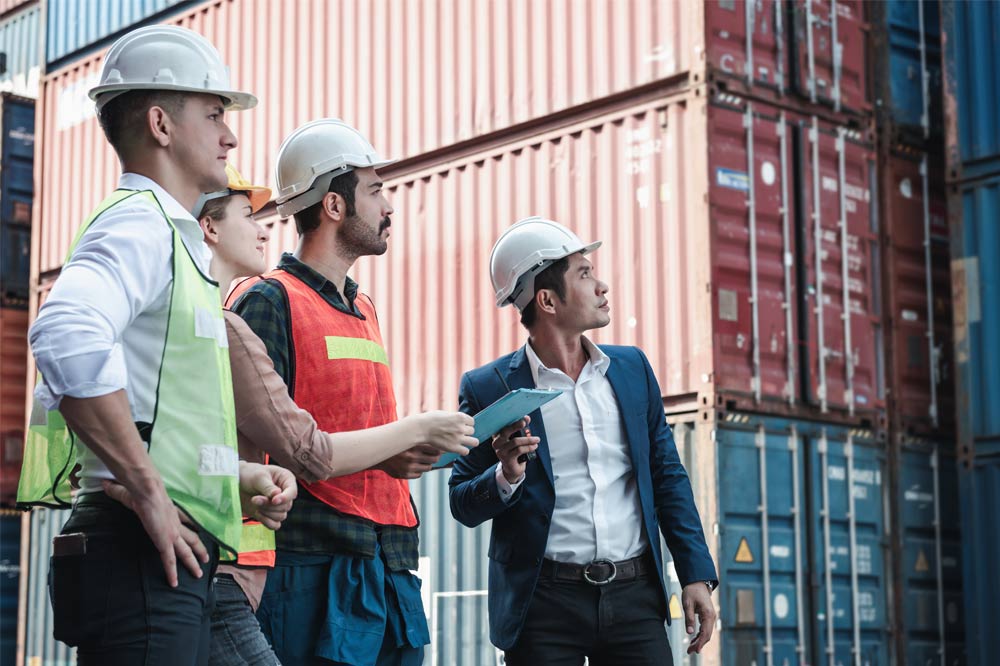Around the world, supply chains have been shattered as the spread of the COVID-19 has forced factories to shut down. But in every crisis lies opportunity, and for the Australian manufacturing sector the pandemic may even prove to be a blessing in disguise.
Globally, COVID-19 has sounded a wake-up call that ceding too much of a nation’s sovereignty to the free market presents unacceptable risks in critical parts of the economy.
In Australia, the realisation has dawned that decades of trade liberalisation, globalisation and over-reliance on factories in other parts of the world such as China have left us vulnerable.
The Australian manufacturing capability has declined to dangerous levels, now just 6 per cent of GDP compared to 30 per cent in the 1960s and 1970s, says Professor Roy Green, chairman of the University of Technology Sydney’s Innovation Council.
“The truth is we sustain our first-world lifestyle with a third-world industrial infrastructure,’’ says Green.
Leading the many voices now calling for that to change is Andrew Liveris, who has been appointed to head the National COVID-19 Coordination Commission’s manufacturing taskforce.
“Australia drank the free-trade juice and decided that off-shoring was ok. Well, that era is gone,’’ says Liveris, a former CEO of multinational company Dow Chemical. “The most recent fatality of that was the automotive industry.”
By contrast, nations such as Taiwan and South Korea have succeeded in keeping manufacturing strong because “they worked hard on the research side”.
“That strategy is something Australia virtually ignored for a lot of reasons,’’ says Liveris, ‘’not least being we’re a rich country and can live off the annuity of our farm, hotel, quarry mindset.”
The car manufacturers may never return to Australia, but today new Australian manufacturing opportunities better suited to our unique circumstances abound.
For example, in a recent report the Grattan Institute suggests a new hydrogen-powered “green” steel industry in Australia could generate tens of thousands of jobs and an export market the size of our coal industry today.
Other thought leaders are focused less on heavy industry and more on the new business models of the Fourth Industrial Revolution: next-generation technologies such as robotics, artificial intelligence, 3D printing and quantum computing, all interconnected via an industrial Internet of Things.

With a highly educated workforce and excellent engineers and scientists, a culture of innovation, good infrastructure, plentiful raw materials and strong research institutions, Australia already has many of the elements required to build a competitive advanced manufacturing sector, says business consultant Tim McLean.
“However, we have two big disadvantages – our location in the South Pacific and the fact that we have a relatively small domestic market,’’ says McLean.
Therefore, the only way we can build sustainable manufacturing industries is by applying our skills and inventiveness to design and build world-leading products and exporting them.
“This is not as fanciful as it would sound,’’ says McLean. “The world leaders in bionic hearing devices and sleep apnea equipment are located in Sydney’s North Western suburbs, and the world leader in high-precision metal grinders is based in Melbourne’s outer eastern suburbs.’’
However, over recent decades Australian incentives for research and development have been steadily eroded. National expenditure on R&D has fallen below 2 per cent of GDP. In contrast, the OECD average is around 2.4 per cent, while South Korea spends 4.6 per cent of its GDP on R&D.
This will have to change if Australia is to take new leading positions in key sectors, and businesses will have to be encouraged to invest in innovation through policies such as more generous tax incentive schemes, and targeted government procurement.
The good news is that the federal government appears to be listening to those calling for Australia to seize this opportunity to revitalise its manufacturing sector.
The Minister for Industry Karen Andrews says the coronavirus pandemic presents “a unique opportunity to reshape Australian manufacturing’’.
“What COVID has done is give us the opportunity to … start to restructure what manufacturing is going to look at,’’ says Andrews.
“I think it has demonstrated there was too high a reliance on one country … irrespective of who that one country is.
“We don’t ever want to be in that situation again.’’
This article has been prepared by Trilogy Funds Management Limited (Trilogy) ABN 59 080 383 679 AFSL 261425. This advice is general advice only and does not consider your objectives, financial situation or needs. You should consider whether the advice is suitable for you and your personal circumstances and we recommend that you seek personal financial product advice on your objectives, financial situation or needs and obtain and read the relevant product disclosure statement before making any investment decision.

